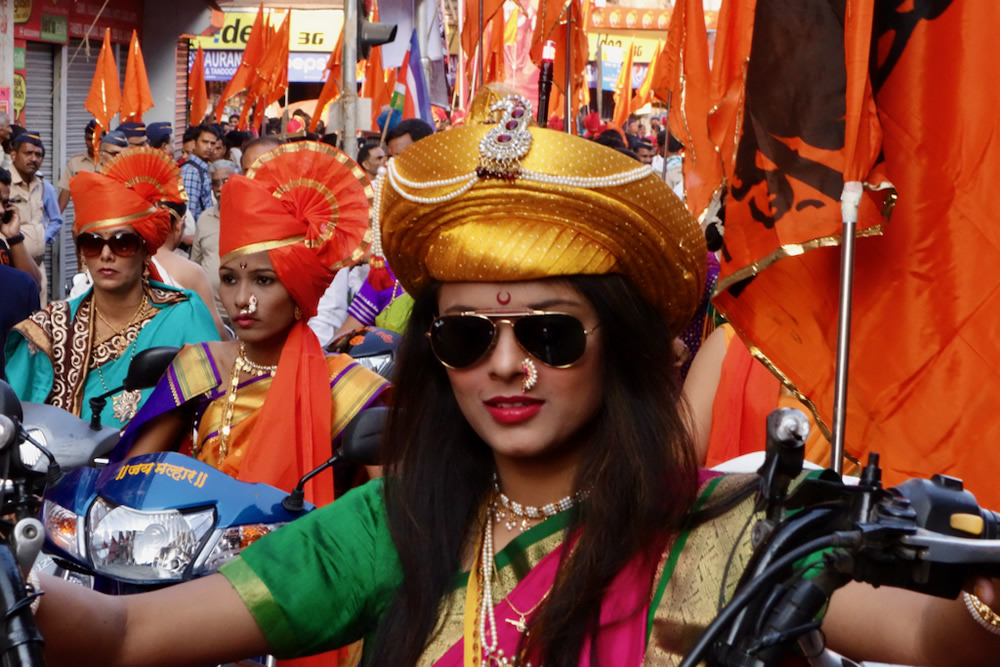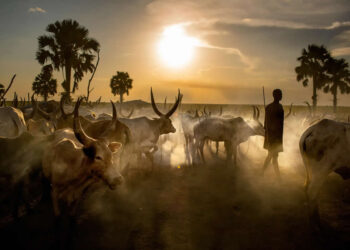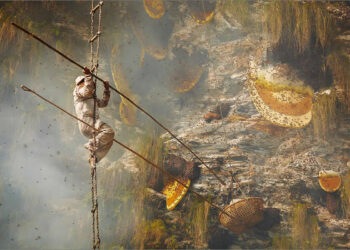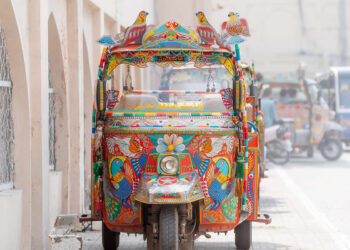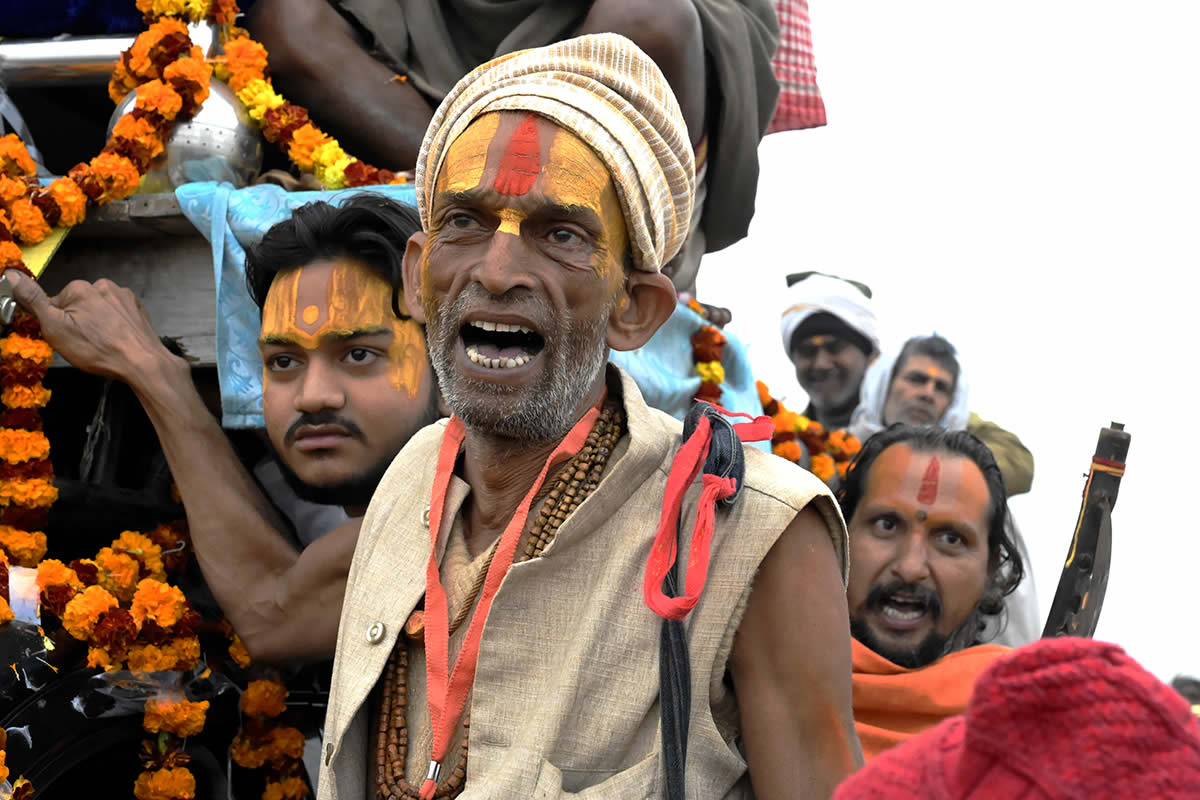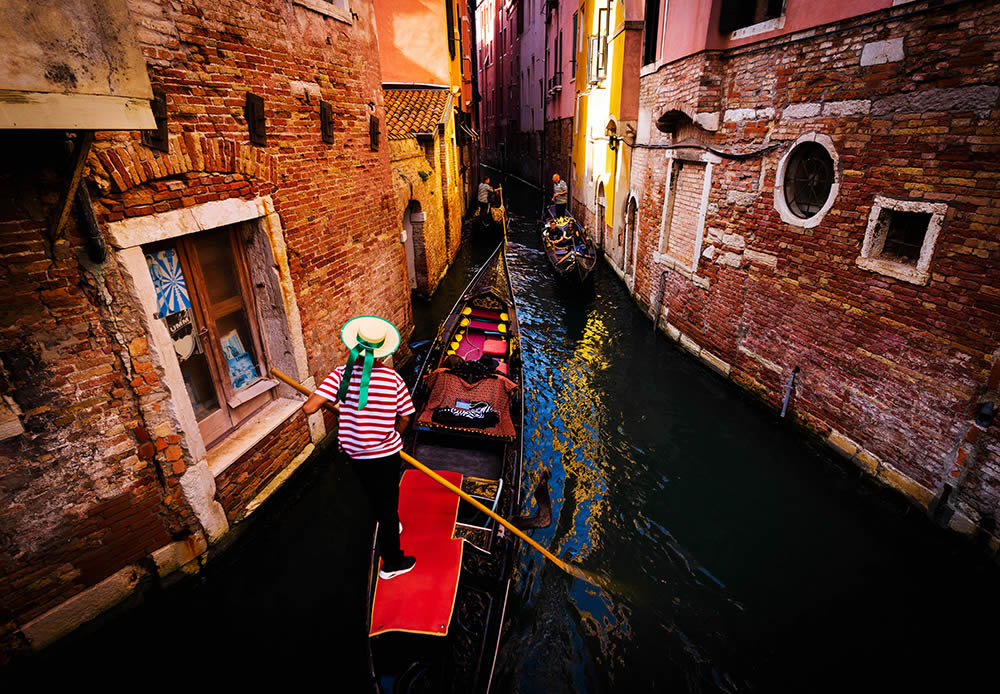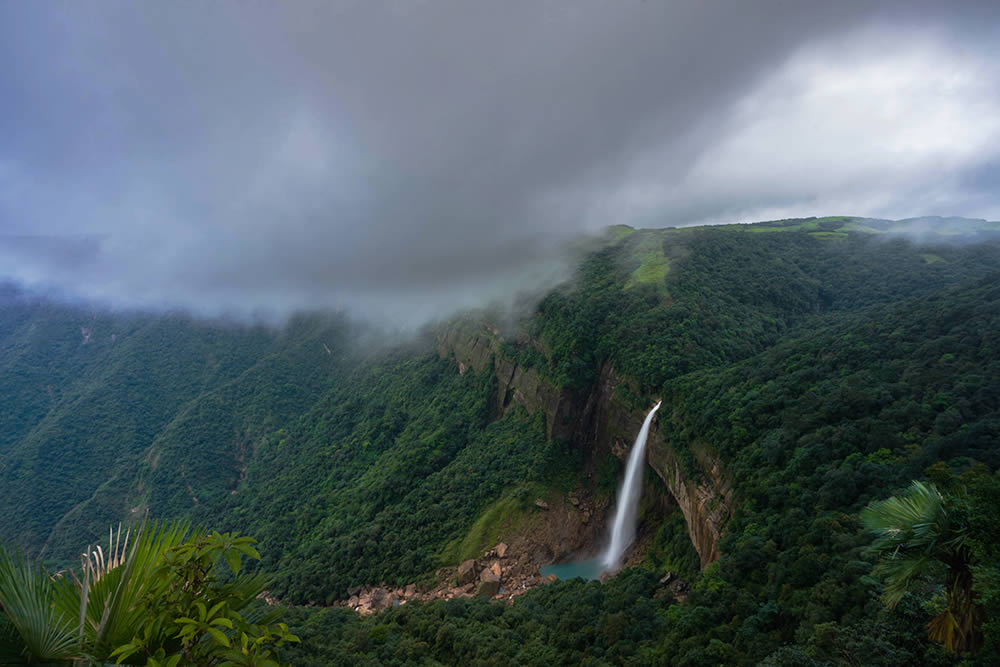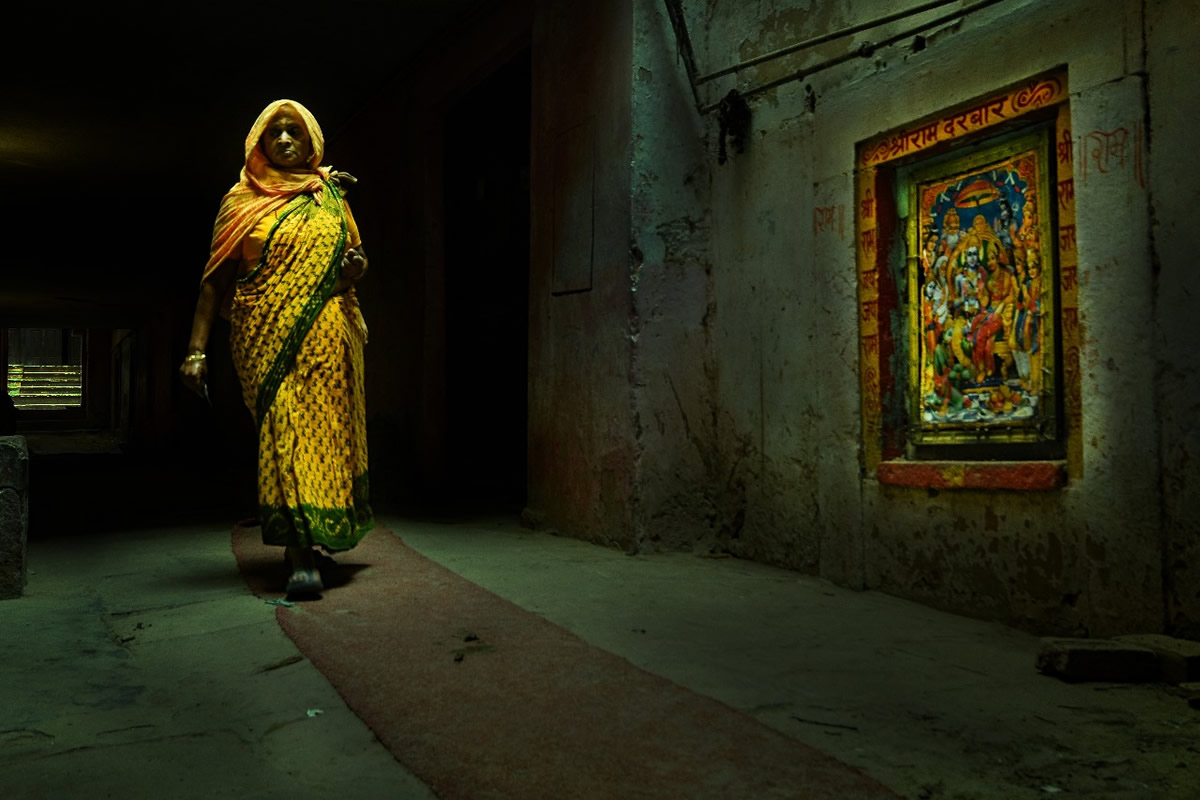While we battle the second wave of the dreaded Coronavirus, mid-April also marks the beginning of the Hindu calendar year and is celebrated across the length & breadth of India. Characteristic of the Indian cultural mélange, Hindus in various states of India usher in the new year in their own ways. And not all of these fall on the same day! The people of Kerala in the south of India celebrate their new year & Vishu in mid-April. Andhra Pradesh, in the southeastern part of India, begins its new year Ugadi in the second week of April. During the same time, the Bengalis welcome the new year with the PoilaBaishakh celebrations, the Maharashtrians with GudiPadwa, and the Assamese in the northeast with the Bihu festivals.
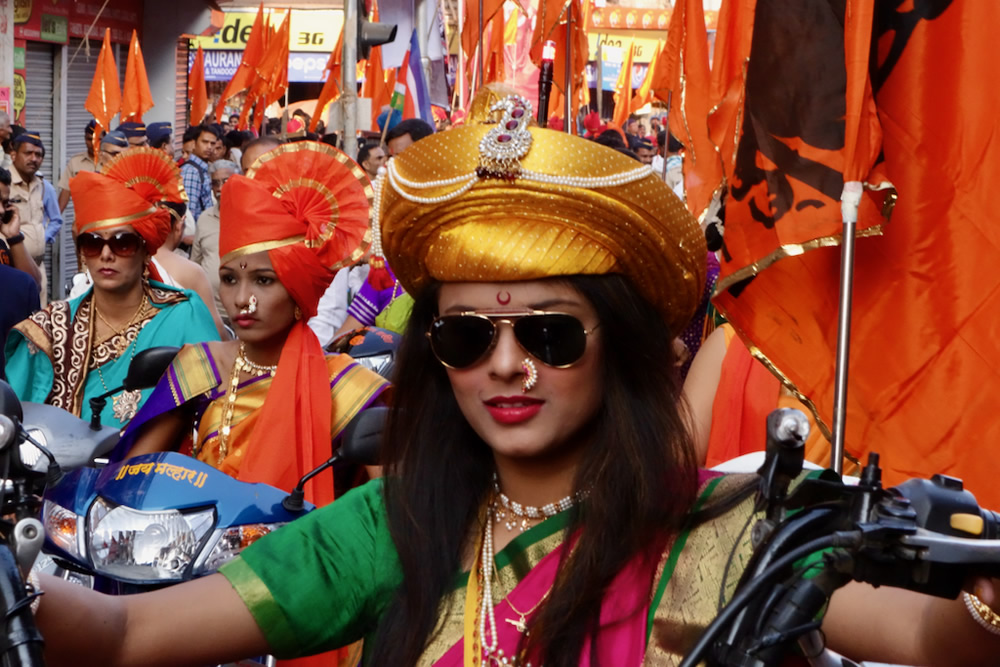
The Hindus in Punjab get involved with Baisakhi, the springtime festival marking the beginning of a new year. By this time, the Hindus of Nepal and Kashmir, however, have already begun the new year: The Nepalese new year Nava Varsha falls in the third week of March, and the Kashmiri Lunar year Navreh starts in the second week of March.
Maharashtrians usher in the new year through the celebration of GudiPadwa. Unlike other festivals, GudiPadwa, is mostly a family-oriented affair, On occasion, Maharashtrians decorate their homes with Rangolis and garland of flowers.“Gudi” symbolizes the victory flag that is raised high on the houses whereas “Padwa” means the first day after the full moon. The word Padwa originates from the Sanskrit word “Pratipada”.
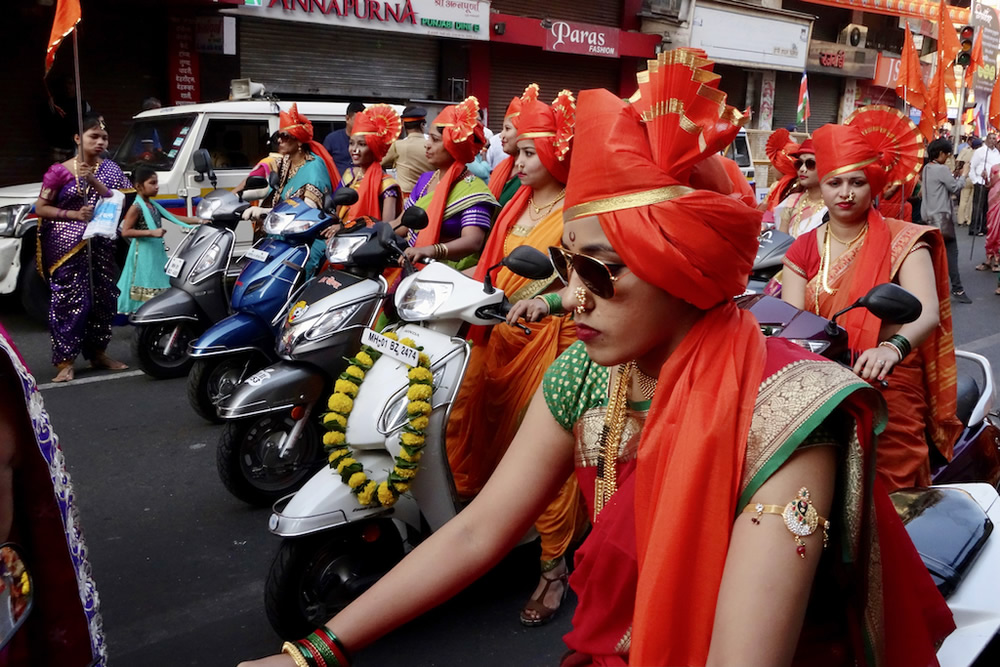
Unlike most Indian festivals, where Prasad comprises something sweet, GudiPadwa is one of the few festivals where people are treated to a unique preparation made from neem & jaggery. The significance of this mixture is the basic essence of life itself, which is a combination of bitter & sweet, neem is bitter while jaggery is sweet. While consuming this mixture, people are reminded that life is a blend of good & bad experiences, both of which must be faced with equal vigor.
Mumbai’s Girgaon area and its Maharashtriancommunity welcomes GudiPadwaevery year with Shobha Yatra. This is the biggest and oldest new year procession which is a combo pack of Fun, Excitement, Women Power, and showcasing of local culture & traditions. What makes this festival special is men wearing colorful traditional Maharashtrian outfits like Kurta Pyjamas, Pheta and Pagdi as headwear and women wearing their finest Nauvari(9 Yard) Sarees, Nose, Ear, and Neck accessories all coming together looking their finest and celebrating through song, dance & other performances.
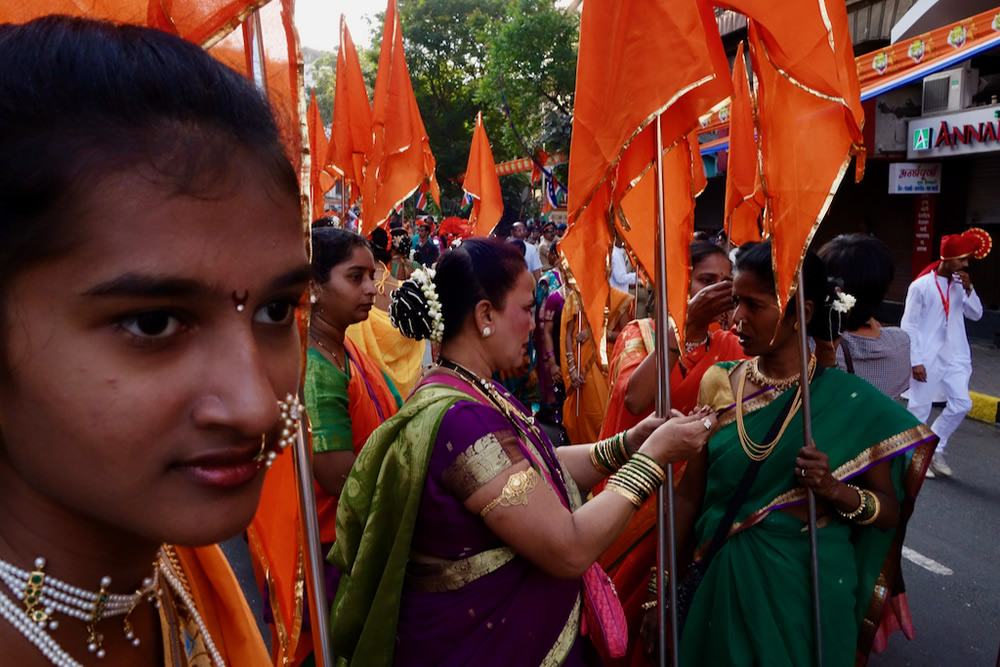
A high point of the rally is the Women Bikers Gang, resplendent in the traditional Sarees, Nathnis, and matching jewelry, striding atop their mean bikes donning classic aviator sunglasses to cut out the scorching April sun and exude the bad-ass and ‘Jhakaas’ cool looks!!. Not just by riding those bikes, the Women lead this rally for everything else too. They dance and play the ‘Lezim’ (a traditional musical instrument with jingling cymbals). They are also the ones seen walking the Shobha Yatra rally carrying & playing those heavy musical instruments like the Dhol (A Huge Drum) and the classic Tasha (a smaller version of the Drum).
In April 2016, when the world was a better & safer place, I had the good fortune to step out and partake in this grand ceremony. Here are a few images from the event which I hope you enjoy. May the flavors of Gudi fill your life in the coming year.
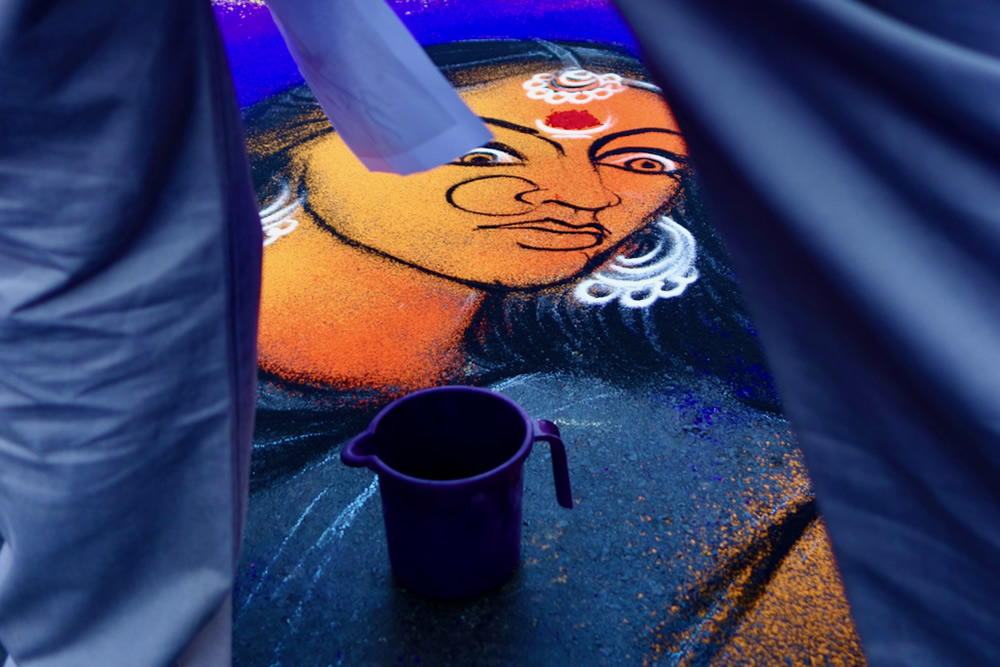
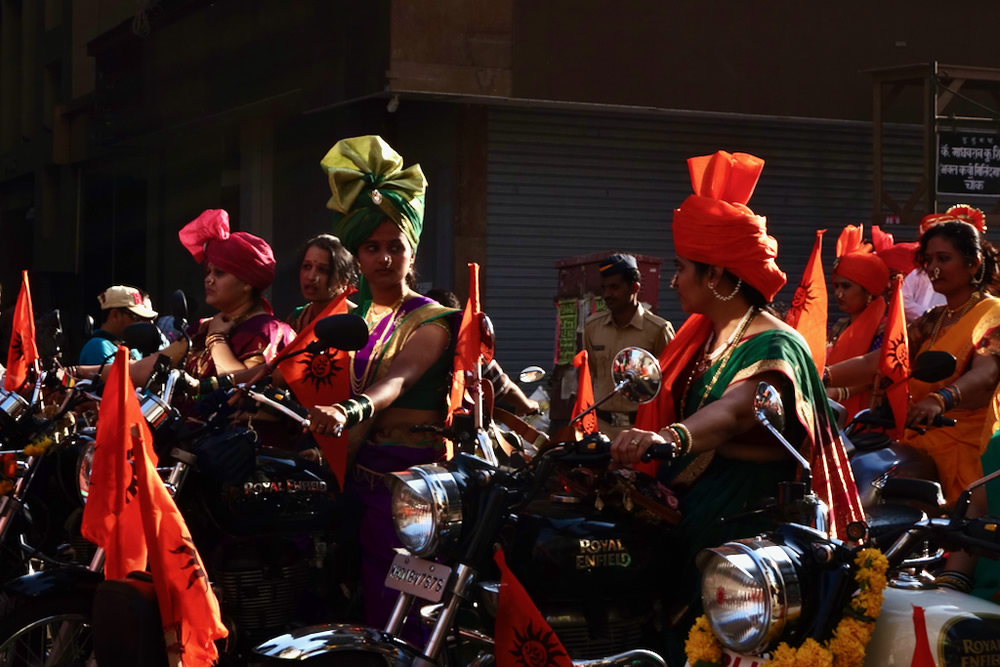
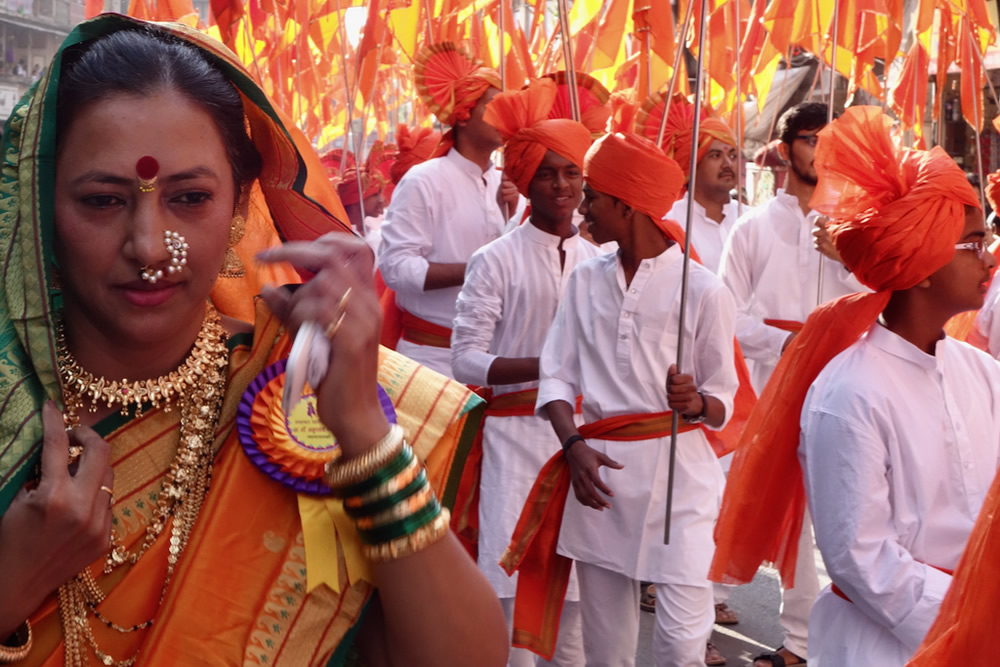
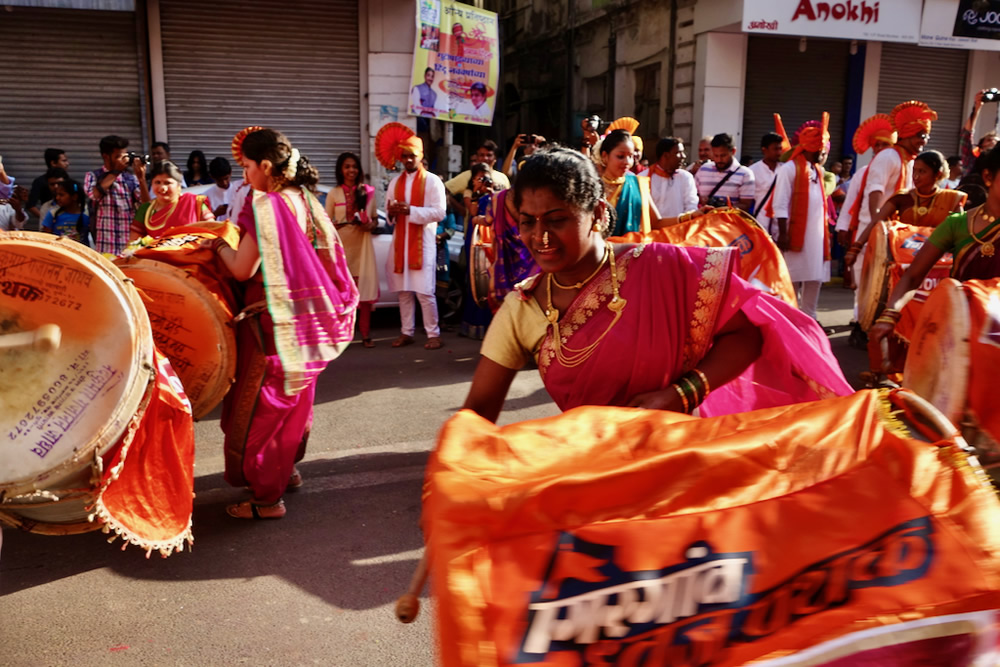
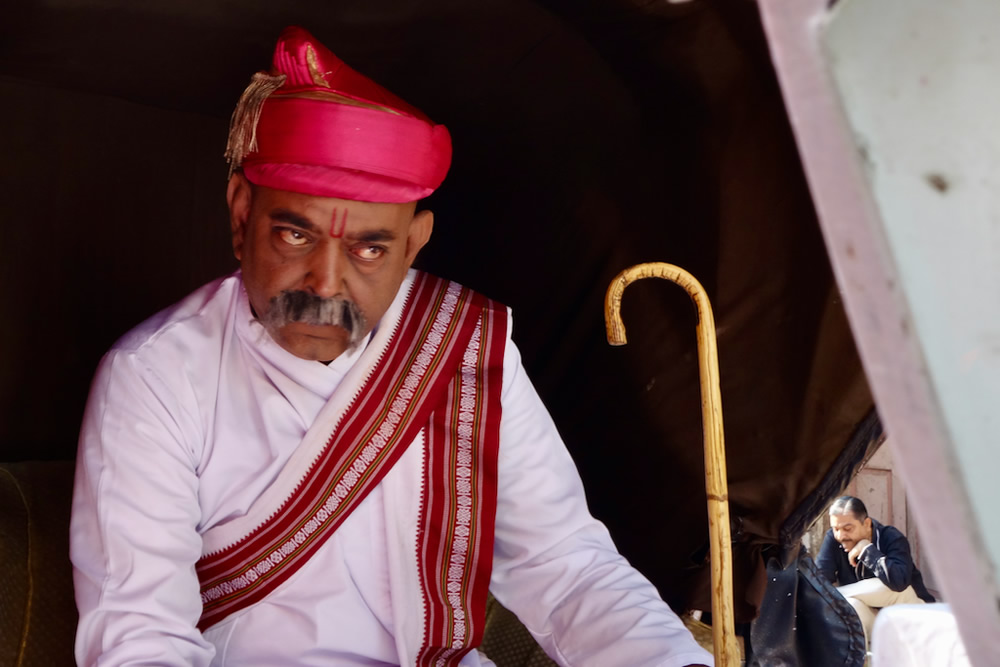
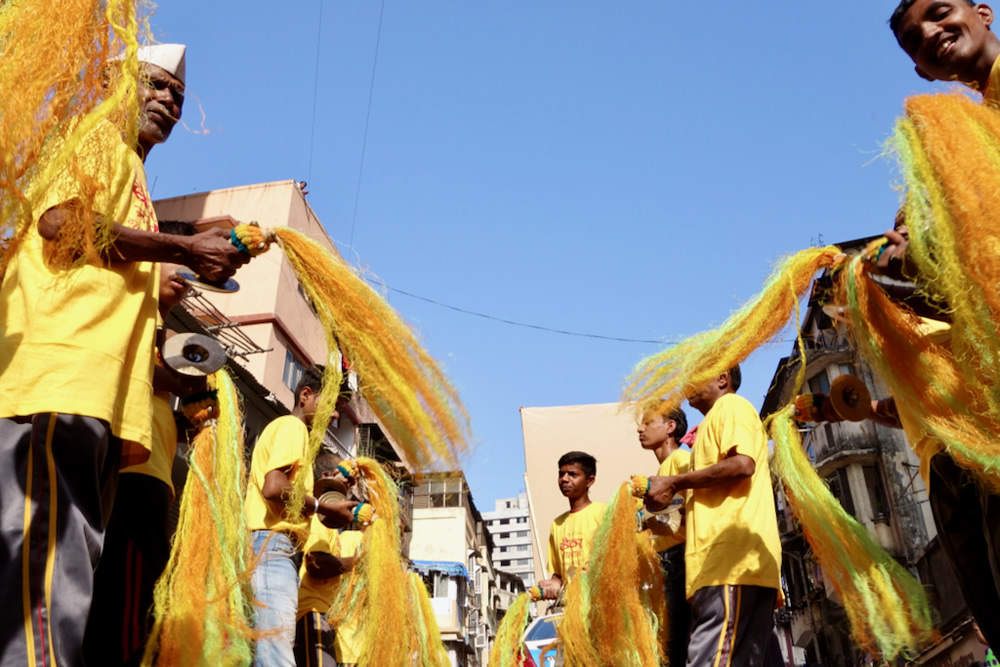
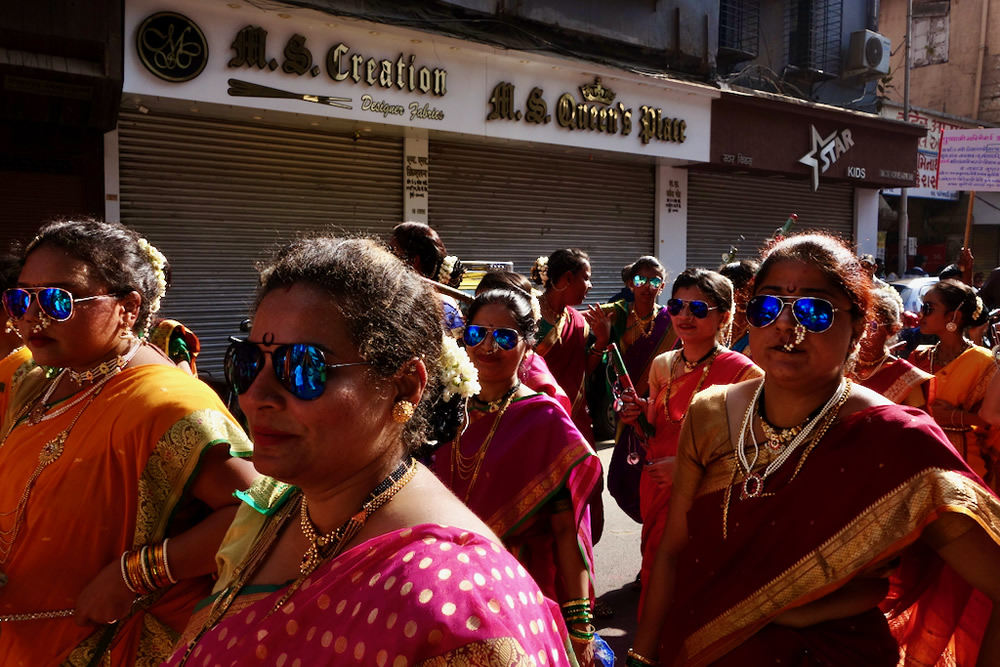
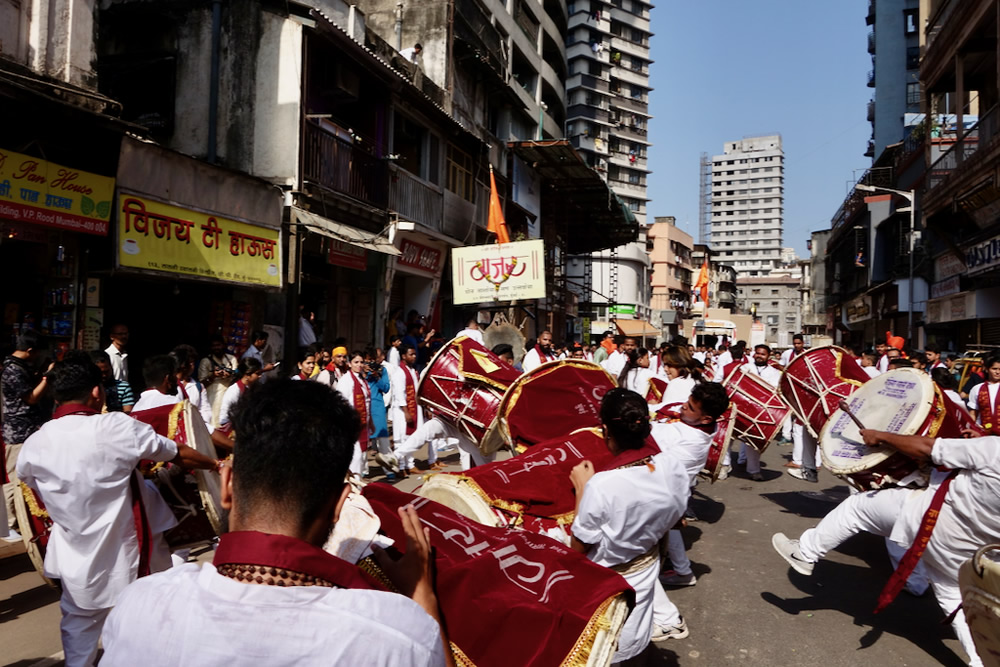
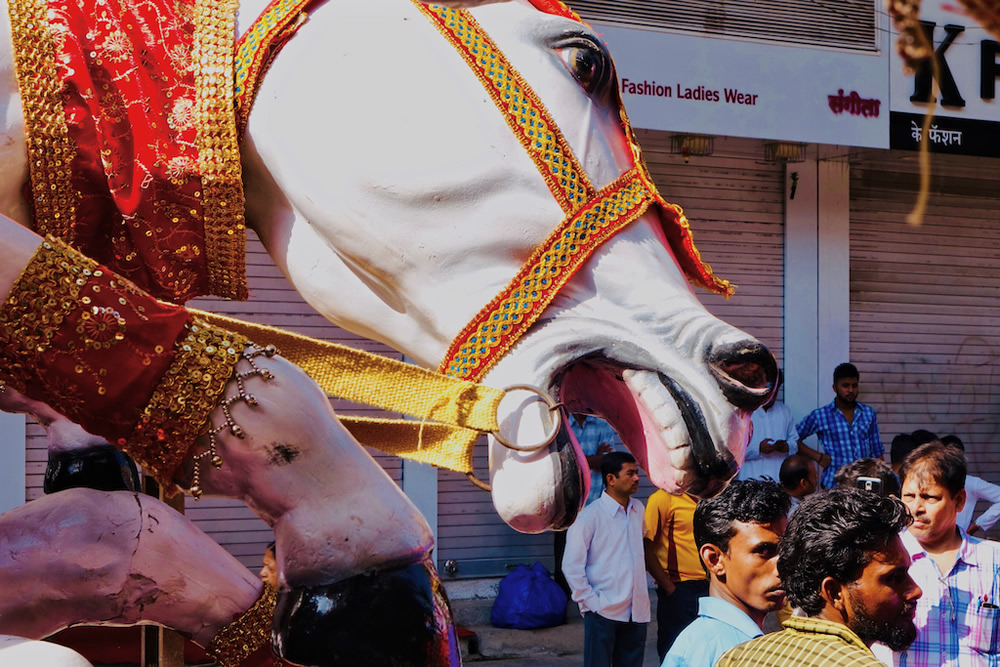
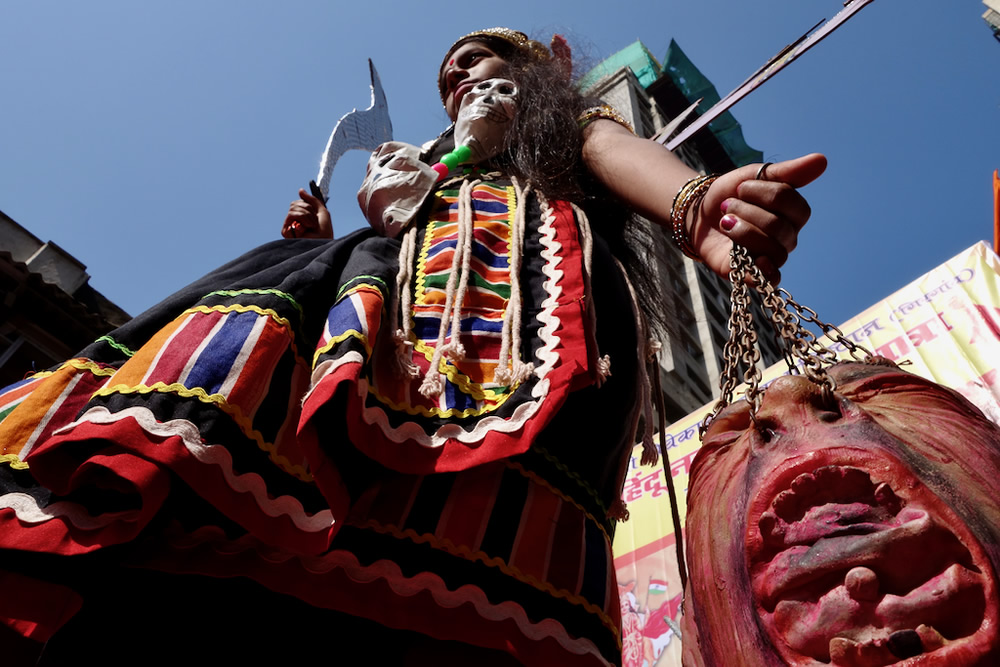
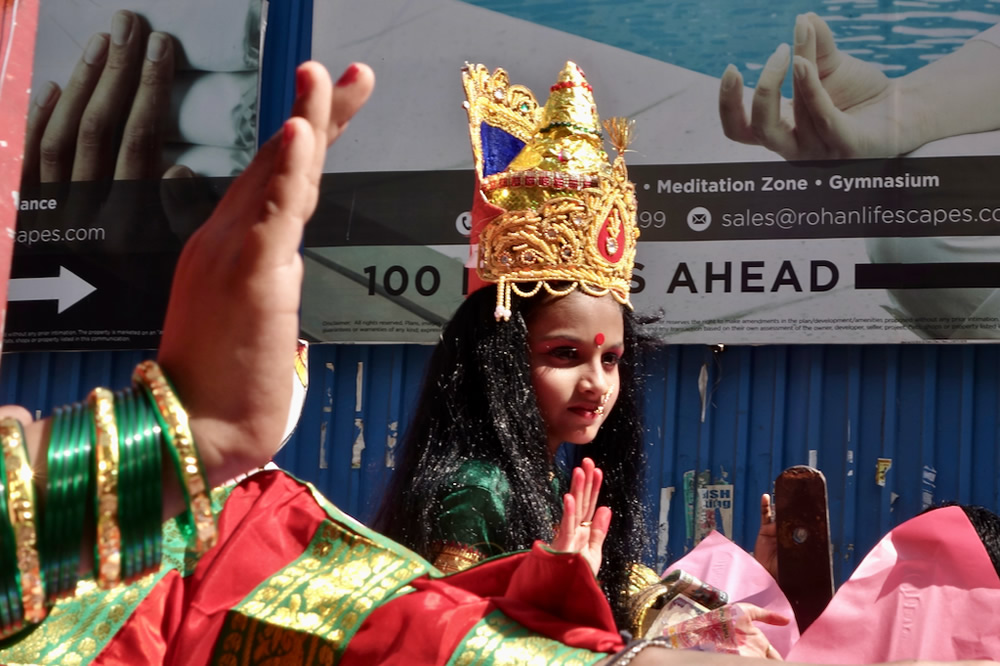
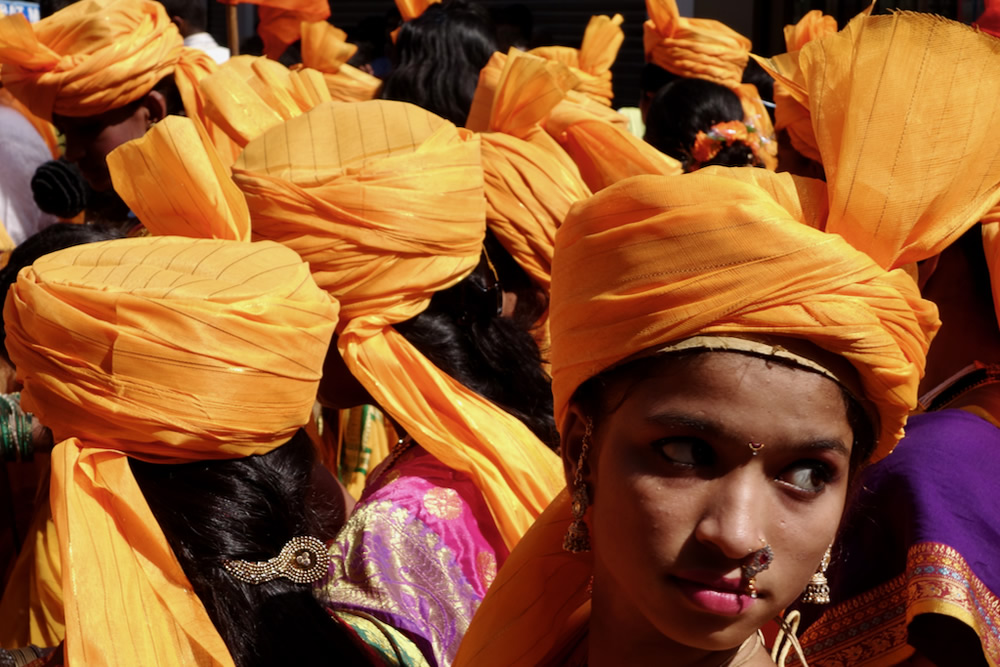
About Sanjoy Banerjee
Hi, I am Sanjoy Banerjee, a hobbyist photographer based out of Mumbai, India. I quite accidentally stepped into the world of Street Photography in 2015 by attending a workshop at the insistence of a friend. Ever since, I fell hook, line, and sinker for this unique art form. As a full-time working professional, I get time to step out & shoot mostly on weekends.
The network of fellow photographers, appreciation of their work, social media, reading books, and of course hitting the streets has been a tremendous source of joy, learning, and inspiration over the years. Street for me is capturing a momentary slice of life in the unique way I see it.
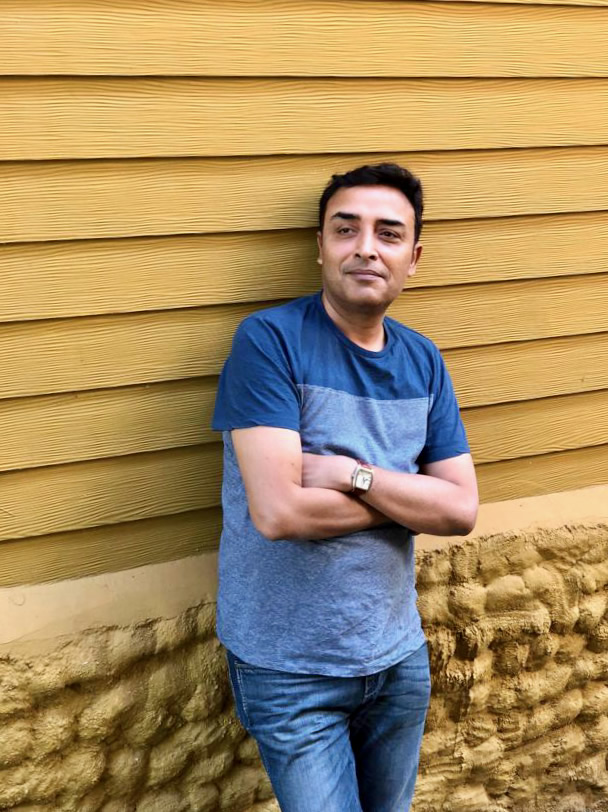
You can find Sanjoy Banerjee on the Web:
Copyrights:
All the pictures in this post are copyrighted to Sanjoy Banerjee. Their reproduction, even in part, is forbidden without the explicit approval of the rightful owners.

